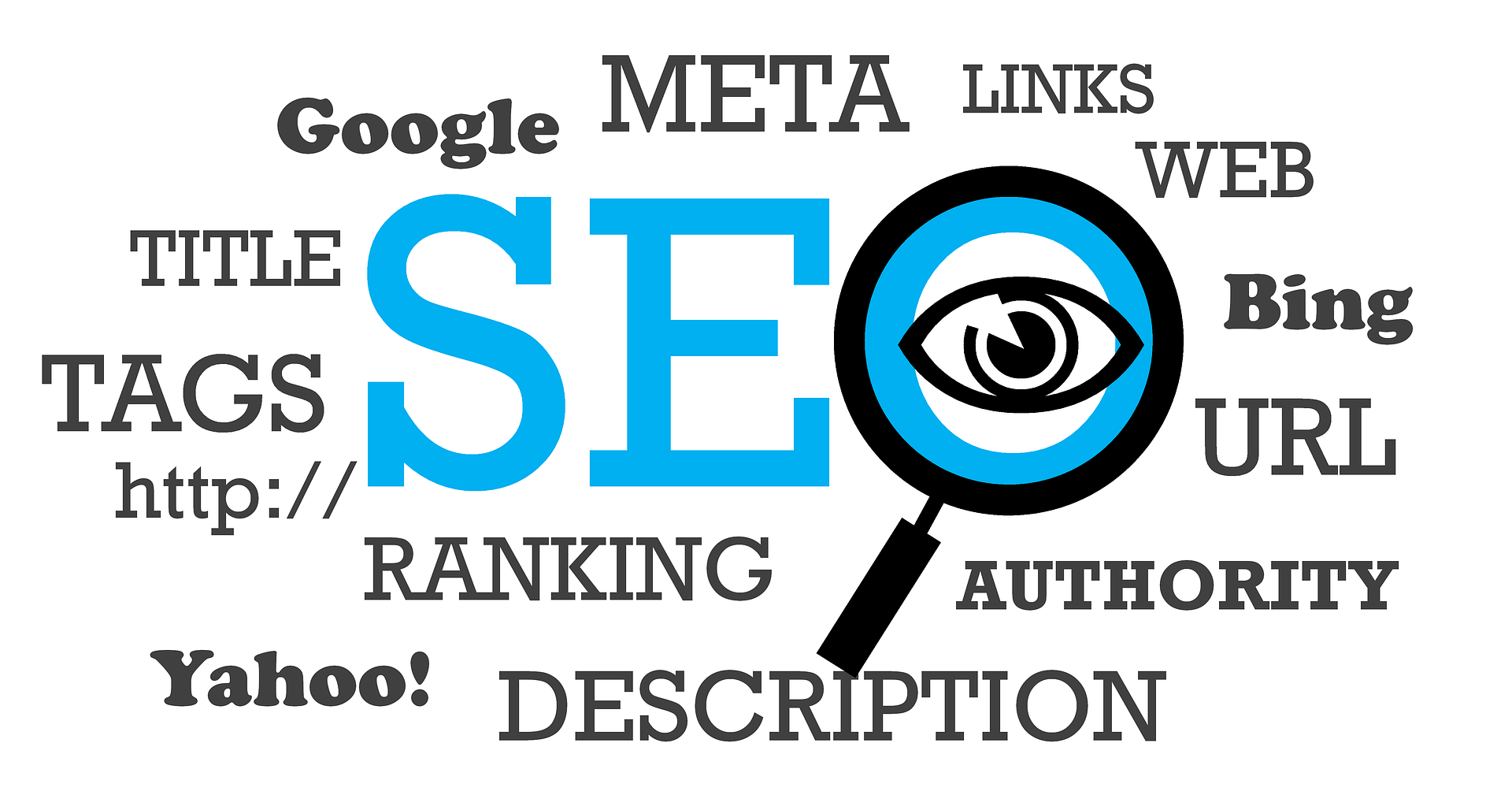Content still remains one of the most valuable assets a company can have online, helping to educate and inform potential and existing customers about topics that matter to them, with content marketing being an integral part of any business looking to do digital marketing seriously. And because of this, there are many content marketing best practices to consider in 2017.
Content marketing has grown considerably over the past few years, with 2017 seemingly bringing more importance and value around content itself.
More businesses are investing in generating original content to help generate business online, and have increased budgets for their content marketing strategy.
It’s said there are over 4.6 billion pieces of content produced on a daily basis. This is more information than we have produced over the last 5,000 years, which is mind-blowing, really.

Assess and Outline Your Content Strategy
The online marketplace is competitive, and so it’s important that your content stands out from the competition. But how can you do this without documenting your content strategy, and align it with your overall business strategy?
Content needs strategy, despite the fact many businesses only see it as a menial task, that requires publishing some form of content on a regular basis to maintain rankings. Having an overall aim, and keeping track of the business goals along the way, means you will have more chance of succeeding.
Create a Content Calendar
However often you write content, whether it’s on a daily or monthly basis, it can be hugely beneficial to outline a content calendar every quarter, year, or even month.
By doing this, you can ensure your content smoothly flows, aligns with specific marketing campaigns, or times of the year where certain topics or themes will be best.
Everyone on your team can see where you are headed, and what you will be writing about in the future. It will also mean less time wasted in the future, when you’re sat down pondering what to write about on that specific afternoon, with the infamous writer’s block.
If you already have specific topics of ideas to write about, this helps to remind you in the future, and ensure your content doesn’t overlap.
Write For Your Audience
Don’t fall into the trap of writing for search engines.
Your content needs to speak directly to your target audience, as while on-page SEO elements and technical SEO is all an important part of how well your page will rank, Google will rank your content based on people reading and engaging with your content.
Links make up a big part of SEO, and so it’s important your content interests your audience, who will then link to you.
Focus on Quality Over Quantity
While you can write blog post after blog post, and create service pages for every single element of your product or services, this in no way means your SEO will benefit.
If it is detrimental to the user experience, Google will spot this in one way or another, whether this is through a high bounce rate, or detecting spammy levels of keywords. You could even get banned if you keyword stuff your content.
If you can provide content that is informative, helpful, interesting, or at least entertaining, then there is more chance of people linking to you, sharing content, or simply returning and reading your content in the future.
Consider Different Formats of Content
Consider utilising different channels and mediums to present your content.
Depending on your audience, you may wish to present your content in audio, visual, or written formats.
This can include videos, audio files, whitepapers, blog posts, infographics, eBooks, newsletters, user guides, and much more.
Make sure the format you choose is useful for your audience, and that they are likely to respond to the medium you present.
Reuse Content
If you have a really great piece of content, why not create several versions of it in different mediums?
Say you write a really informative blog post, you could consider making a video out of it, or a podcast. Or a presentation and upload it to Slideshare. Or how about an infographic? In doing so, you can make your content appeal to people who may be auditory or visual learners, as well as those who learn from text-heavy content.
Get Social
Social media boasts over 2.3 million active users, which means you can find an audience for your content.
Finding and cultivating the right audience is the trick, but social media gives you the best chance of finding a wider audience, and spread your message online.
This gives you the chance of getting shares, more clicks and views, engagement, and links directed towards your content. This also helps grow your following, and create a relationship with potential customers.
Ensure Content is Mobile-Friendly
While your blog or other forms of content might look good on your PC, how does it look on a mobile?
It’s not enough to simply have a mobile-responsive website, as your content should be optimised for readability on mobile devices. This includes fonts, font sizes, headings, and much more.
Considering the fact you can make the most of local marketing, perhaps through hyperlocal or geotargeted content, mobile devices will be a key part of your marketing strategy.
Including location keywords, or mentioning specific areas, can make a big difference in who views your content, and how they engage with it.
Analyse and Improve
While seeing people read and engage with your content is great, it’s important to keep track of how your content is performing.
Look at which forms of content are getting the most views, and which pieces of content people are spending the most time reading through Google Analytics.
You can also assess which channels are the most effective, and what the areas for improvement are.
Overall, you should look at your total return on investment, and how you can ensure your content boasts the best possible value for money. While analysing how to take your content strategy to the next level can be tough, the data you can find can be invaluable in making your business stand out from the competition online.






